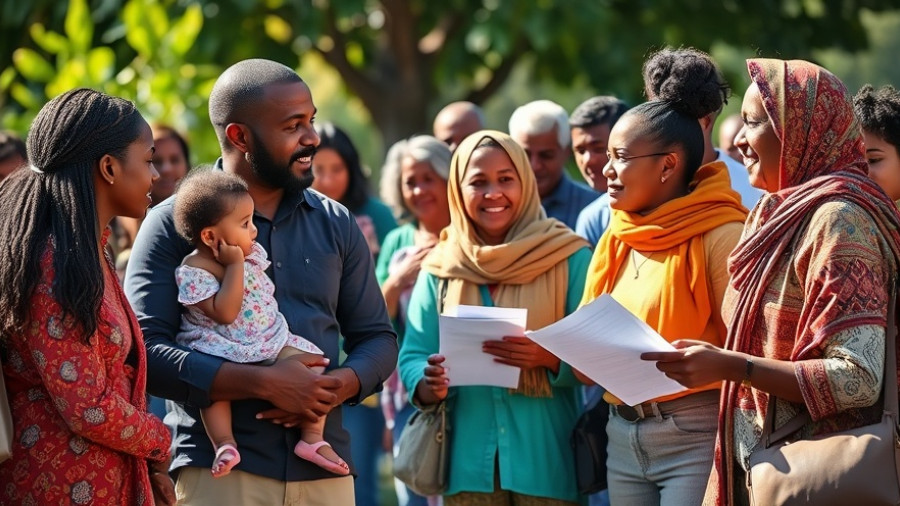
Recognizing the Long-Term Displacement Crisis in South Sudan
As Sudan's displacement crisis enters a protracted phase, the international community must reevaluate its approach to humanitarian responses. The legacy of the camps set up to shelter those fleeing conflict—a strategy largely viewed as a temporary solution—has transitioned into a situation where many remain trapped in uncertainty, often for years. With over seven million displaced persons across South Sudan and Sudan, this humanitarian crisis highlights the urgent need for innovative strategies that prioritize sustainable solutions over mere survival.
Transitioning from Relief to Recovery: A Renewed Focus
Anita Kiki Gbeho, the UN Resident and Humanitarian Coordinator in South Sudan, stresses the vital shift necessary from solely emergency relief to long-term recovery initiatives. Current efforts across regions like Bentiu, Malakal, and Wau are aimed at providing the essential building blocks required for stability—addressing housing, legal protections, and job creation. These initiatives not only serve immediate needs but lay a foundation for safer environments, enabling communities to rebuild more resiliently.
The Role of International Partnerships and Governance
A key factor in addressing South Sudan's challenges is the strong alignment of international assistance with national priorities, as emphasized by the UN Secretary-General’s Action Agenda on Internal Displacement. This framework seeks to bridge the gap between emergency assistance and development planning, fostering sustainable recovery driven by the South Sudanese government itself. The effectiveness of this strategy hinges on enhancing local governance capabilities while ensuring international partners provide necessary support without undermining local leadership.
Empowerment Through Local Initiatives: Voices for Change
One of the most encouraging signs of progress is the emergence of community-led initiatives aimed at fostering peace and reintegration. Engagement with local youth groups, women's networks, and traditional leaders is shaping the discourse around durable solutions. Such collaborative efforts reflect a comprehensive understanding of the complexities faced by displaced individuals and emphasize the importance of communal solidarity in overcoming conflict legacies.
A Call to Action for Sustainable Solutions
Addressing the issue of displacement in South Sudan is not just a humanitarian obligation; it is a crucial step toward achieving lasting peace in the region. Implementing sustainable solutions requires immediate action from all stakeholders, including government entities, communities, and international partners. This includes creating safe environments, developing infrastructure, and facilitating access to essential services. The transition from mere survival to thriving communities must be prioritized—this commitment reflects a broader responsibility to foster stability and resilience in one of Africa's most crisis-stricken regions.
In conclusion, as we reflect on the impact of displacement in South Sudan, let us advocate for strategies that not only provide immediate relief but also empower individuals to reclaim their agency. To reinforce this trajectory toward recovery, stakeholders must resonate with the call for meaningful investments that cultivate resilience and sustainability in communities that have long suffered from turmoil.
Join the Discussion: What Can You Do?
Engage with policymakers, contribute to organizations providing aid, or even consider investing in innovative projects that promote sustainable development in South Sudan. Every effort counts toward rebuilding lives and communities.
 Add Row
Add Row  Add
Add 


Write A Comment